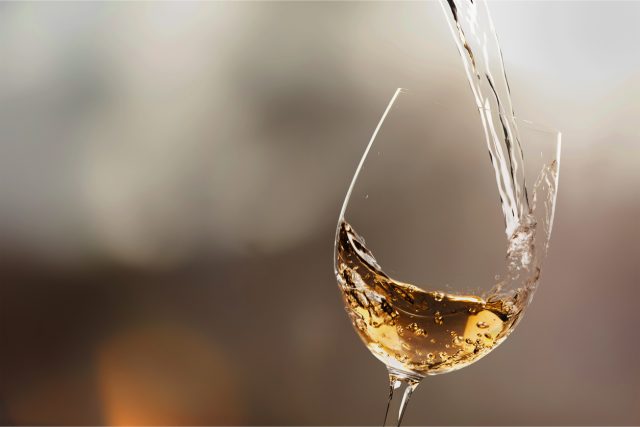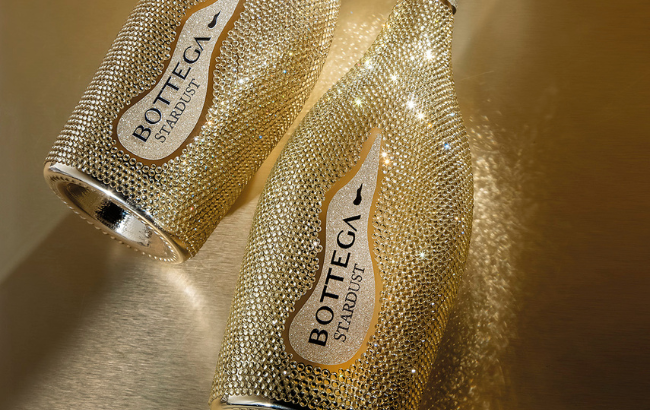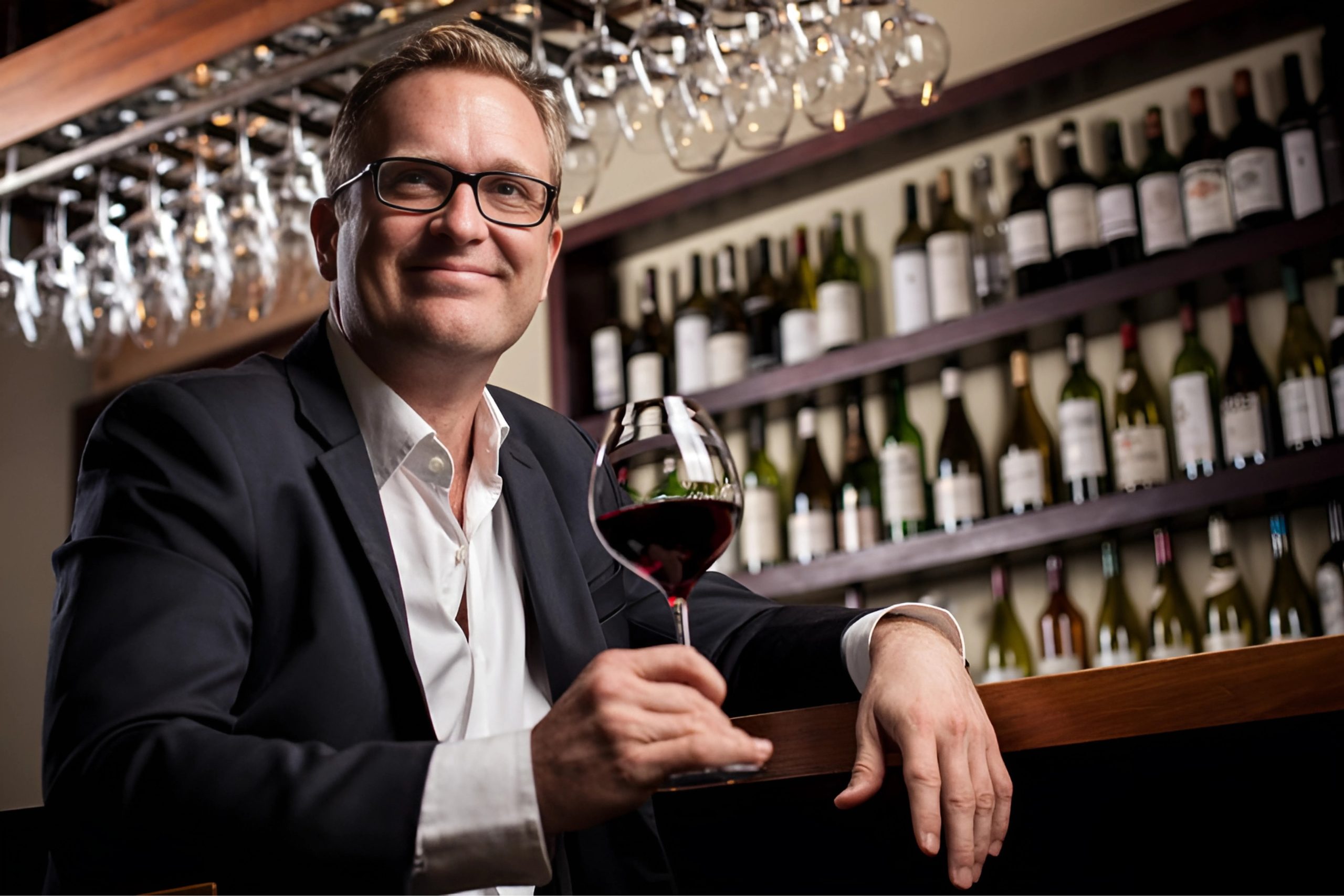Liquid gold: fine wine investment surges ahead as the wealthy become wealthier
Fine wine continues its upwards trajectory, with the Knight Frank Luxury Investment Index reporting a 16% increase in wine investment across 2021. Champagne, at +31%, and Burgundy, at +25%, have performed notably well.

Over this past year, fine wine has proved to be a stronger investment than the FTSE 100, Dow Jones, and even gold. This increase has been largely attributed to the 2020 lockdowns leading to the accumulation of savings. Research released by the Bordeaux Index, based on the findings of an August 2021 survey, found that 73% of respondents claimed to have spent more on fine wine than they did prior to the March 2020 lockdown. An increase in disposable income has opened up the possibility of wine investment to those who were previously unable to, and those already investing have been able to invest further.
The abolition of US tariffs on European wine imports in June of last year has also been cited, bringing a tide of US buyers back to Europe, ready stock up on Burgundy and Bordeaux. Additionally, portfolio diversification is another factor worth considering – the value of wine is largely detached from the overall stock market, and is therefore complementary to other investments. Matthew O’Connell, Livetrade CEO and Head Of Investment at Bordeaux Index, told db that amongst young investors and very wealthy individuals, there is an increased focus “on ‘hard’ assets like wine which are likely to offer protection against the current inflationary environment.”
Globally, according to the Index, art remains the most sizeable luxury investment area. In Asia and the US, high-net-worth individuals tend to choose to invest in fine jewellery, whilst those in Europe favour fine wine and watches. However, Miles Davis of Wine Owners, who supplied the data, noted that there is a wave of wine investment across the world. Investors in Asia particularly pick out “trophy Burgundy names” which are mature and ready to drink. Meanwhile, Brits and Americans often opt for Champagnes, and purchase a mixture of bottles to drink, bottles for the cellar, and bottles to set aside and sell on.
Partner Content
Over the past ten years the KFLII has reported a growth of 137% for wine, which puts it ahead of watches and handbags at +108% and +78% respectively, but it is yet to overtake cars at +164%, nor rare whisky at +428%. However, HNW investors do appear to be increasingly viewing fine wine as a hedge. Currently, there is strong market confidence, with Liv-ex reporting the bid:offer ratio at 1.72 as of this February – in March 2020 it crashed to 0.2. The recovery and resilience of the asset class encouraged an investment uptick, though it is worth noting that the KFLII wine prices are not informed by Liv-ex data.
Whilst “classic” blue chip investments such as Burgundy, Champagne and Bordeaux have been strong market drivers (though the latter region’s trade share has significantly declined over the last decade), there is increasing interest in how fine wine might find its place on the blockchain. Barossa Valley’s Dave Powell has auctioned the entirety of his 2021 Neldner Road vintage via the media of non-fungible tokens, or NFTs. Whether this will become fixture in the world of wine investment, or will fade away as a passing fad remains to be seen. Whilst the use of NFTs may make wine trading more accessible for casual enthusiasts, the driving force is still, and will be for the foreseeable future, “the ongoing wealth expansion of the UHNW segment”, according to O’Connell. Certainly, the proliferation of NFTs in wine investment could be seen as undermining the protective nature of wine as a hard asset.
The market is certainly moving in a direction of diversification, with New World wines, such as those from California, being seen to have increasing potential for investors. But, for now at least, the Old World still rules the roost, and, with another strong year anticipated, it may be some time before that changes.
Related news
'Liquid gold': Midleton release recalls Irish whiskey’s lost age
Bordeaux 2024 en primeur: Margaux 'copes well' producing wines with character, charm and typicity




